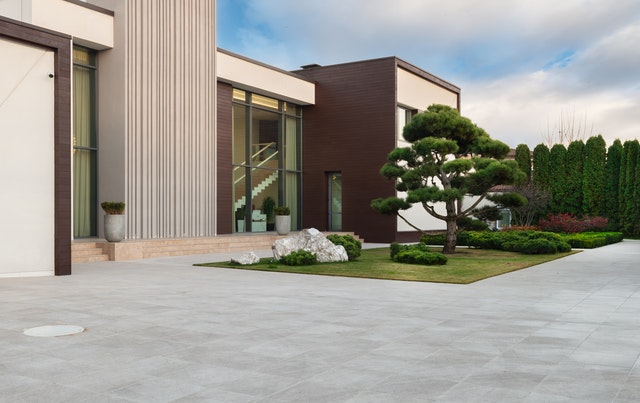Water conservation, described as applying and operating water sources efficiently to lessen unnecessary water evaporation and usage, has become the central focus of most landscaping companies. Water, among other natural resources, is slowly becoming scarce in quantity which is why landscape architects are formulating strategies and designs that incorporate water conservation in them.
Water-smart landscape ideas present responsible stewardship of the land by sourcing ways to create beautiful, captivating designs without compromising natural resources.
Start early
Planning will allow you the time you need to strategize and create a schedule that, if possible, should in spring. The weather during spring is perfect for planting because plants won’t require much water since it isn’t too hot yet. Planting during warmer days will only take up a lot of water supply for the plants to stay hydrated.
Use turf only when needed
Grass requires high-maintenance. If your landscape design involves grass in most parts, you won’t be able to conserve water, trying to keep that turf nice and vibrant. Artists should also try to include grass only in areas where kids and pets will need it. If you must use turf, choose wisely. However, you can always opt-out of grass and instead use an efficient drought-resistant groundcover that covers a large area and requires zero mowing.
Improve soils
Soil quality is always a priority for landscaping, and it can also promote water conservation when you get it right. Soil testing indicates exactly what types of amendments are necessary. Incorporating soil amendments is a vital step to guarantee healthy turf.
Add mulch and compost
Utilize compost when farming and spread the area with mulch later. Compost and mulch are beneficial during hot seasons when most of the water we provide to plants evaporates during the day. Compost contains the water by the plant’s roots, and mulch limits evaporation. Make sure to give some space nearby the base of each plant and maintain creating mulch mounds throughout plants and trees.
Let it super soak
Instead of relying on sprinklers most of the time, try giving your plants heavy soakings to keep them hydrated. Water from sprinklers only end up evaporating once the day gets fairly warm, but if you must, you can use them during the early mornings.
Capture rainwater
This is definitely one of the best architectural ideas that allow responsible water use in the best way possible. Reusing greywater or capturing rainwater offers a free source for efficient landscape irrigation. These systems can be easily installed and even incorporated into irrigation systems.
There are methods like rain barrels, cisterns, and even using porous paving to capture runoff water, and, with the use of a pump, water can be used for irrigation purposes.
Group plants according to their water needs
Grouping plants will result in an efficient watering schedule. Avoid using high volume water demanding plant elements. Additionally, planners can add watering designations to their ideas for clients to follow.

